Title: Who Fears Death
Author: Nnedi Okorafor
Genre: Post-Apocalyptic/Fantasy
Trigger Warnings: Death, violence, genocide, ethnic cleansing, slavery (mentions), blood, gore, pregnancy, rape (graphic), attempted rape, infidelity, sexual content, sexual content between minors, animal death, excrement, body horror, murder, parent death, child death, romantic partner death, major character death, suicidal ideation, incest (mentions), child sexual abuse (mentions), medical content
Back Cover:
In a post-apocalyptic Africa, the world has changed in many ways, yet in one region genocide between tribes still bloodies the land. After years of enslaving the Okeke people, the Nuru tribe has decided to follow the Great Book and exterminate the Okeke tribe for good. An Okeke woman who has survived the annihilation of her village and a terrible rape by an enemy general wanders into the desert hoping to die. Instead, she gives birth to an angry baby girl with hair and skin the color of sand. Gripped by the certainty that her daughter is different—special—she names her child Onyesonwu, which means “Who Fears Death?” in an ancient tongue.
From a young age, stubborn, willful Onyesonwu is trouble. It doesn’t take long for her to understand that she is physically and socially marked by the circumstances of her violent conception. She is Ewu—a child of rape who is expected to live a life of violence, a half-breed rejected by both tribes.
But Onye is not the average Ewu. As a child, Onye’s singing attracts owls. By the age of eleven, she can change into a vulture. But these amazing abilities are merely the first glimmers of a remarkable unique magic. As Onye grows, so do her abilities—soon she can manipulate matter and flesh, or travel beyond into the spiritual world. During an inadvertent visit to this other realm she learns something terrifying: someone powerful is trying to kill her.
Desperate to elude her would-be murderer, and to understand her own nature, she seeks help from the magic practitioners of her village. But, even among her mother’s people, she meets with frustrating prejudice because she is Ewu and female. Yet Onyesonwu persists.
Eventually her magical destiny and her rebellious nature will force her to leave home on a quest that will be perilous in ways that Onyesonwu can not possibly imagine. For this journey will cause her to grapple with nature, tradition, history, true love, the spiritual mysteries of her culture, and ultimately to learn why she was given the name she bears: Who Fears Death?
Review:
Note: This review discusses rape in several places because rape is an essential plot point. If rape is a trigger for you, take care of yourself and skip both this book and this review.
I was not all that excited to read this book. In fact, I passed over it several times because that back cover just didn’t sound appealing. But then I read The Book of Phoenix, which happened to be a prequel to this one. I loved The Book of Phoenix, so I decided I might as well give Who Fears Death a shot.
I have a lot to say about this book, and most of it has to do with the book overall. The details were, for the most part, strong. One of the best part of all of Nnedi’s books are the africanfuturism settings that beautifully combines technology just advanced enough from what we have to make it sci-fi with enthralling small villages and great deserts in near-future Africa. The worldbuilding is absolutely stellar.
Where it struggles is everywhere else. The story here feels very much like one of Nnedi’s “woman who is hated and feared for some aspect of how she was born goes on a long journey to nowhere in particular” plots (see Noor and Remote Control), just with more setup – Onyesonwu doesn’t leave the village until over halfway through the book. But this book attempts to give Onyesonwu’s travels in the desert a destination and a purpose. The purpose makes the desert-wandering feeling seem incongruous, and the desert-wandering feeling makes the purpose feel cheap and unnecessary. I just didn’t think it worked.
That’s how the book felt overall – like the story was trying to smash together two very different approaches and not succeeding at either. It took ideas for a plot-focused book – a uniquely powerful main character with a unique appearance who learns to use her innate magic to fulfill the prophecy that she will end the great evil plaguing the land – and tried to shove them into a character-focused story.
I’m using “character-focused” in the loosest sense of the term, because the focus is on only Onyesonwu’s rage. She very clearly has every right to be angry, but that is the only thing that seems to matter in this book. It glosses over interesting plot happenings and interesting character development alike. The story is driven by Onyesonwu getting angry, doing something incredibly stupid (which she usually recognizes was stupid as soon as she calms down), and then having to deal with the consequences.
Who Fears Death is also unrelentingly violent. It’s said right on the back cover that Onyesonwu was born from rape. What isn’t mentioned is that that rape is described in graphic detail multiple times, as well as several other rapes and one attempted rape. There’s also murder, genocide, physical violence, and more, all described with vivid, bloody thoroughness. (There was also some fairly graphic consensual sexual content between two minors, which wasn’t actually violent but still very uncomfortable.) It was very hard to read in many places, but in some ways it felt like that was the point. I mean this in the best possible way, but it felt a bit like the author was using the process of writing this to work through some stuff. There’s a scene in the book where Onyesonwu is trying to convince her village that genocide is really happening and they need to act. Nobody is listening to her, so she uses her magic to broadcast her mother’s experience of being raped to every one of them. In a way, this book feels a lot like it’s trying to do the same thing. There was a strong sense of “All of this has happened to real people in other places, the least you can do is read about it.”
I finished reading this not because I particularly wanted to, but because by the time I got around to thinking about switching to a different audiobook, I was two hours from the end and I figured I might as well finish. The whole story felt flat – not as in without depth or emotion, but as in without variation. There was no rising and falling action, no moments of heightened conflict or moments of respite. Onyesonwu’s rage was constant, the pace was constant, the violence never stopped, and the climax didn’t even feel like a climax because the pace and rage and violence were exactly the same as the rest of the book. I found the ending profoundly unsatisfying, for reasons that include spoilers: Onyesonwu attacked the antagonist twice with magic and spent half a year walking across the desert just so she could use her rage and her magic to kill him, only to fall in a terrified sobbing heap the instant she saw him in person, leaving her romantic partner to do the thing she went all that way to do.
What I wanted from this book was something plot-focused. More about Onyesonwu learning to use her magic and the strange spiritual world of the Wilderness, magic as a weapon and a tool with more details about its possibilities and limitations, the prophecy leading to a quest-style journey, a climax that involved a great magical duel between Onyesonwu and the antagonist. I also would have accepted something that made magic and prophecies the backdrop to a friends-to-lovers romance, complicated but unbreakable friendships, an antagonist-to-surrogate-father relationship with her magic teacher, and self-reflection and love and advice from friends leading to personal growth and fewer rash actions. But Who Fears Death tried to do both at the same time, and ended up making something that wasn’t satisfying on either level.


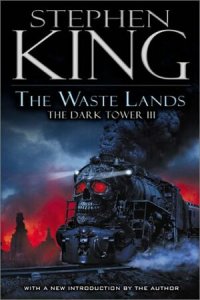
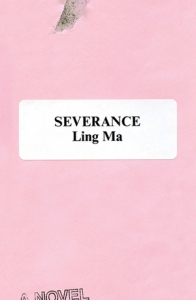
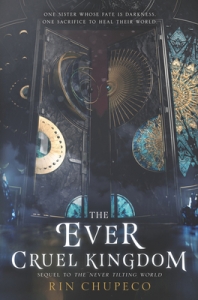
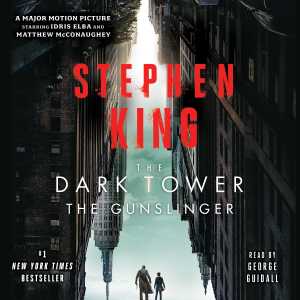


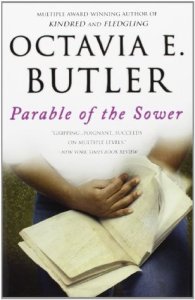
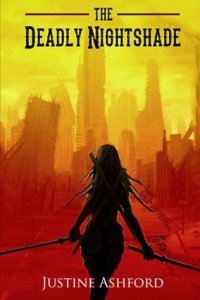
 Title: The Swan Riders
Title: The Swan Riders